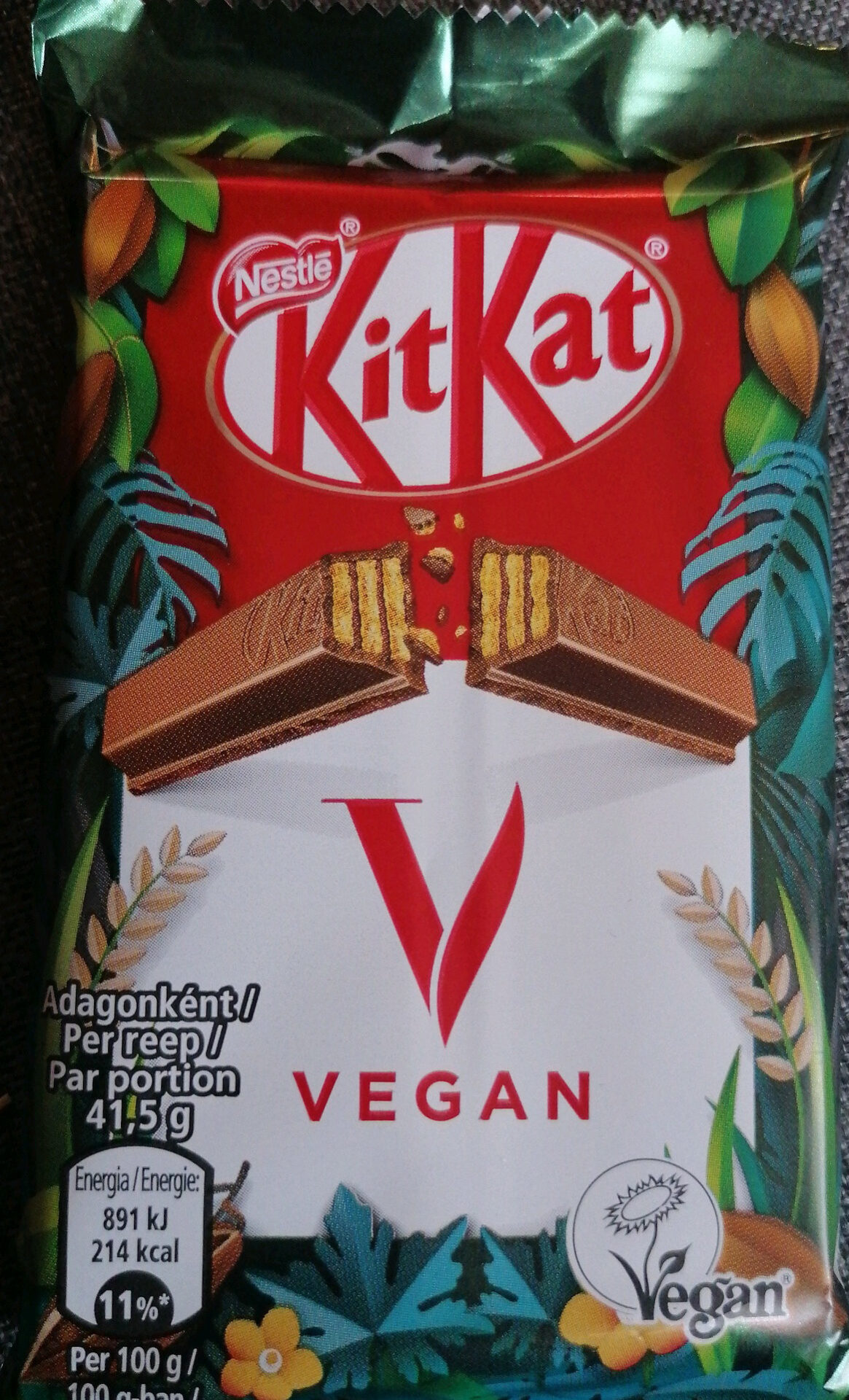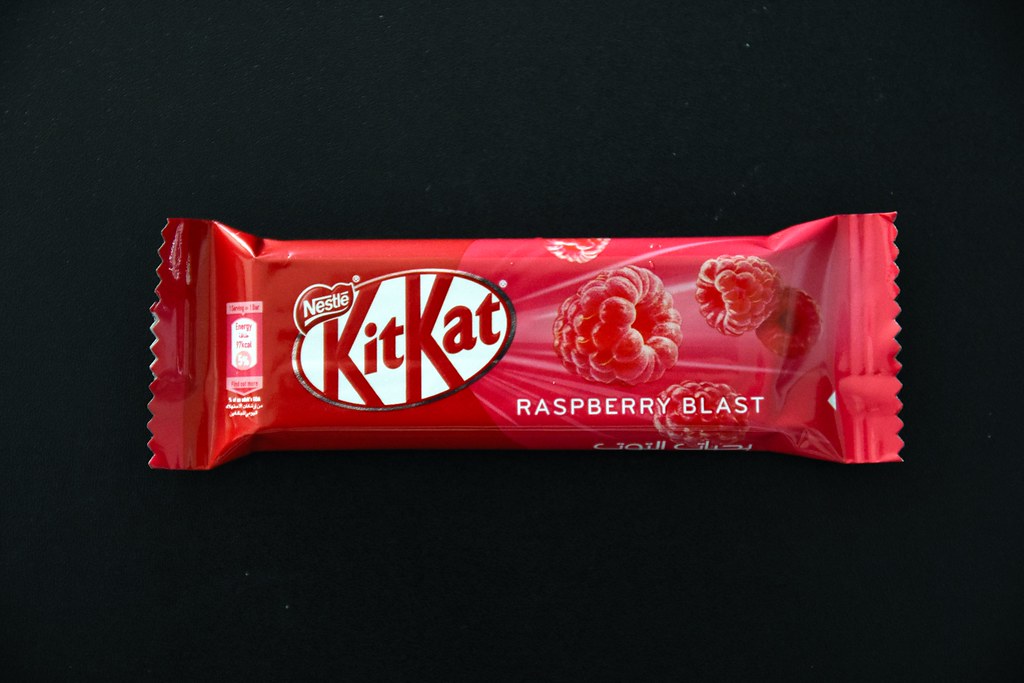Unlike the original KitKat candy, which consists of four wafer cookies cloaked in milk chocolate, KitKat V is dairy-free. To replicate the creamy taste and texture customers are familiar with, the manufacturers substituted milk for a rice product. It took two years to perfect the plant-based formula.
Even if the vegan versions taste similar, a noticeable difference separates them from other KitKat bars on the shelf. When KitKat V hit select markets as part of a trial run last year, it sold for roughly $1.06 USD, which is 20 to 30 cents higher than the price people are used to. The inflated cost is a result of the product’s expensive ingredients and production process.

Nestlé says it’s looking for ways to bring down the price, but for now, it’s betting that customers interested in vegan treats will be willing to pay a little extra. The plant-based candy market is expanding rapidly, and companies are eager to jump on the bandwagon. Hershey’s debuted an oat milk chocolate bar in September 2021, and Cadbury launched its “plant bar” around the same time. If KitKat’s take on vegan chocolate is successful, you can expect to see it outside Europe in the future—and possibly in more exotic flavors like green tea and cheesecake.
According to mentalfloss.com. Source of photo: internet








